Other Products
Incinerators
Solid Waste
Performance
Trecan’s controlled-air solid waste incineration systems, sold under the Trecaire brand name, are designed to produce excellent ash quality and the lowest practical emissions and auxiliary fuel useage.
The Combustion Process
Trecaire incinerators use a two stage combustion process. Solid waste is charged into the incinerator’s primary chamber and ignited by the primary burner(s). Following ignition, air is supplied sub stoichiometricly via evenly distributed primary air ports in the incinerator’s refractory hearth. The solid waste is decomposed in this semi-pyrolitic (starved air) environment resulting in a typical primary chamber exit temperature of 760°C (1400°F).
The smoke and gases produced in the primary chamber are routed to the secondary chamber where they are completely oxidized under turbulent excess air conditions. The secondary burner maintains chamber outlet temperature at a minimum of 1000°C (1832°F). Secondary chambers are sized to provide the required residence time (typically 1 to 2 seconds) at operating temperature.
Two Basic types
Trecaire incinerators are available in two basic types:
- Ram Feed
- Batch Operation
Batch Feed Model
We have six standard batch type units with primary chamber volumes ranging from 50 to 500 ft3 (1.4 to 14.0 m3).
Batch Incinerator Capacities.pdf
Ram Feed Model
Our twelve standard ram feed units range in size from 110 to 2200 lbs/hr (50 to 1000 kg/hr) waste handling capability. Custom designs are also available.
Manual Ash Removal.pdf
Automatic Ash Removal.pdf
Liquid Waste
Custom Designed
Trecan liquid waste incinerators are custom designed to provide efficient destruction of your waste liquid. When the heating value of the liquid is sufficient, it is burned directly in a high intensity burner eliminating the need for auxiliary fuel except during warm up.
Waste Liquids
Waste liquids which contain insufficient combustibles to be self sustaining are injected into the incinerator’s combustion chamber by various methods.
Thermal capacities of up to 100 MM Btu/hr (105,500 MJ/hr) are available. Ancillary equipment often supplied includes heat recovery boilers and wet gas scrubbing systems.
This system was designed to burn 2200 kg/hr (4840 lbs/hr) of phenol water and 3600 m3 (2240 scfm) of tank vent gas.
Waste Gas & VOC Fume
Custom Designed
Our Waste gas and VOC fume incinerators are available in vertical and horizontal configurations with thermal capacities of up to 100 MM Btu/hr (105,500 Mj/hr). A wide range of waste gases can be accomodated in our custom designed incineration system.
VOC fume incinerators
VOC fume incinerators are used on large volume exhaust systems with low levels of organic contamination (usually in the form of solvents). Both thermal oxidizers and catalytic oxidizers are available depending on the constituents of the waste stream. Due to the typically low heating value of these exhaust streams, heat recovery is generally desireable.
Heat recovery options include recuperators of preheat the incoming fume with the incinerator exhaust and / or a heat recovery boiler. In many instances, the fume to be incinerated contains sufficient oxygen to allow it to be used as the auxiliary fuel burner’s combustion air source. This results in further cost savings through reduction of auxiliary fuel consumption. Trecan’s waste gas incinerators are used on numerous waste streams such as NCGs (non-condensible gases). Depending on the application, heat recovery and air pollution control equipment often form part of the total system.
Trecan’s waste gas incinerators are used on numerous waste streams such as NCGs (non-condensable gases). Depending on the application, heat recovery and air pollution control equipment often form part of the total system.



